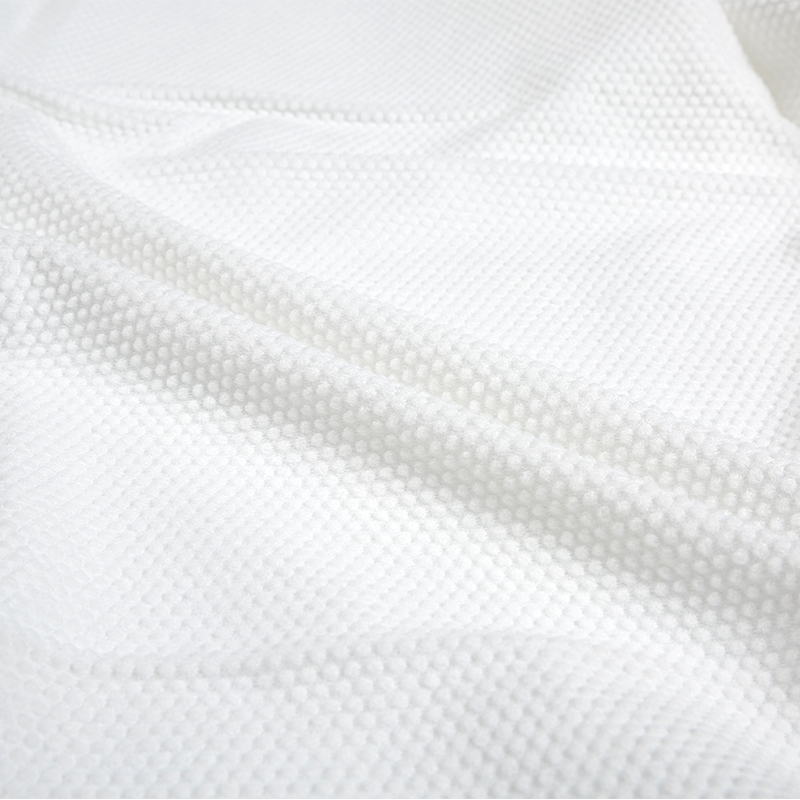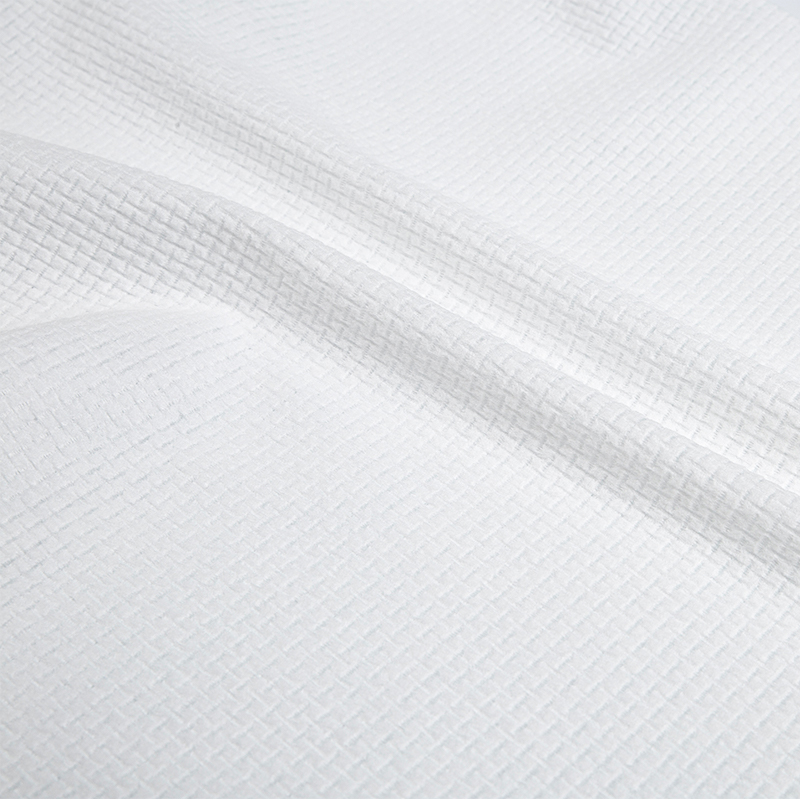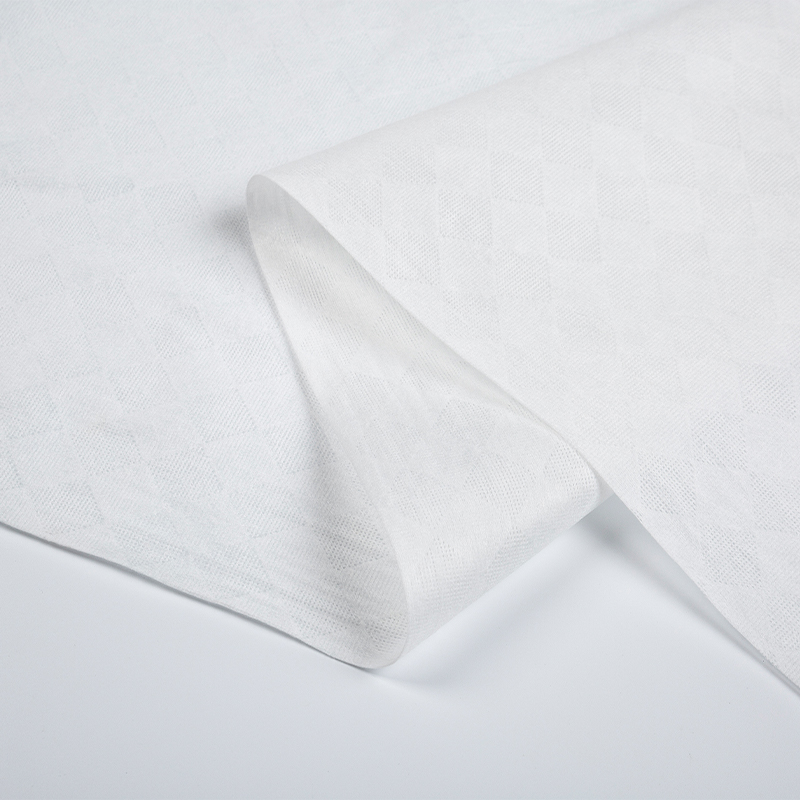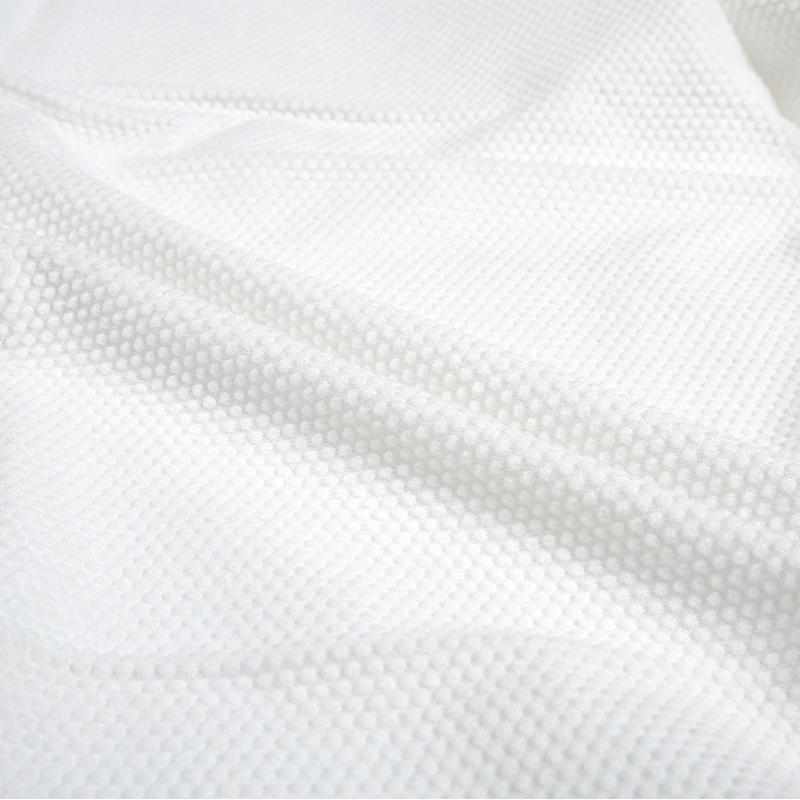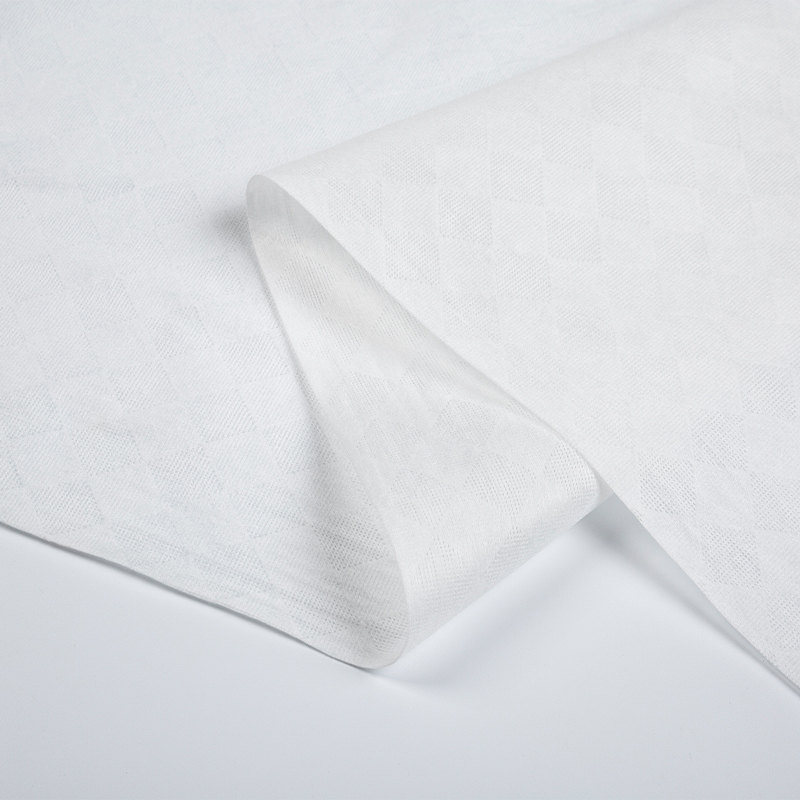Founded in 2022, Hangzhou Shunlong Nonwovens Technology Co., Ltd. is a professional China nonwoven fabric manufacturer and non-woven raw material factory
Wet wipe nonwoven fabric, also known as nonwoven wet tissue or simply wet wipes, has become an indispensable item in modern daily life. These wipes are widely used for personal hygiene, baby care, household cleaning, and various other purposes due to their convenience, effectiveness, and user-friendliness. Among the various types of nonwoven fabrics, wet wipe nonwoven fabric must meet specific criteria to ensure high absorbency and softness. This article will explore the suitability of wet-laid nonwoven fabric, particularly focusing on its production process, properties, and applications in wet wipe manufacturing.
Wet-Laid Nonwoven Fabric: An Overview
Wet-laid nonwoven fabric is a type of nonwoven material produced through a unique manufacturing process involving water suspension and fiber entanglement. Unlike traditional textile weaving or knitting, wet-laid nonwoven fabric does not require yarn formation or weaving machines. Instead, fibers are dispersed in water to form a suspension, which is then deposited onto a forming screen. Through a series of processes such as dewatering, drying, and bonding, the fibers are entangled and consolidated into a sheet-like structure.
The wet-laid process allows for the production of nonwoven fabrics with various fiber compositions, including natural fibers like cotton and rayon, synthetic fibers like polyester and polypropylene, and blends of both. The choice of fiber type and blend ratio significantly influences the physical properties of the final product, including absorbency, softness, strength, and durability.
High Absorbency: The Key to Effective Wet Wipes
Absorbency is a crucial property for wet wipes, as they are designed to clean and moisturize the skin by absorbing and retaining moisture. Wet-laid nonwoven fabric excels in this aspect due to its unique fiber structure and porosity.
During the wet-laid process, fibers are dispersed uniformly in water, creating a dense fiber network once consolidated. This network provides numerous pathways for moisture to penetrate and be absorbed. Additionally, the pores between fibers allow for efficient liquid retention, ensuring that the wipe stays moist and effective for longer periods.
The fiber type also plays a significant role in absorbency. Natural fibers like rayon and cotton have a higher affinity for water due to their hydrophilic nature, making them ideal for wet wipe applications. Synthetic fibers, on the other hand, can be engineered to improve their absorbency through surface modifications or the addition of hydrophilic additives.
Softness: Enhancing User Comfort
Softness is another essential property for wet wipes, as it directly affects user comfort and satisfaction. Wet-laid nonwoven fabric can achieve a high level of softness through careful fiber selection and processing.
Natural fibers like cotton and rayon are inherently soft and gentle on the skin. When used in wet-laid nonwoven fabric, they contribute to a pleasant tactile experience. Synthetic fibers, such as fine denier polyester or polypropylene, can also be engineered to mimic the softness of natural fibers.
In addition to fiber type, the fiber length and diameter play a role in determining the softness of wet-laid nonwoven fabric. Longer and finer fibers tend to produce smoother and softer surfaces. Processing techniques such as chemical treatment or mechanical softening can further enhance the softness of the fabric.
The Production Process of Wet-Laid Nonwoven Fabric for Wet Wipes
The production of wet-laid nonwoven fabric for wet wipes involves several key steps:
Fiber Preparation: Fibers are selected based on their absorbency, softness, and cost. They are then blended and dispersed in water to form a fiber suspension.
Forming: The fiber suspension is fed onto a forming screen, where fibers are deposited and entangled to form a wet web.
Dewatering: Excess water is removed from the wet web using vacuum or mechanical pressure.
Drying and Bonding: The dewatered web is dried and consolidated through thermal bonding, chemical bonding, or mechanical entanglement to form a stable nonwoven fabric.
Finishing: The fabric may undergo additional treatments such as softening, embossing, or lamination to enhance its properties and appearance.
Applications of Wet-Laid Nonwoven Fabric in Wet Wipes
Wet-laid nonwoven fabric is versatile and can be used to produce a wide range of wet wipe products, including:
Baby Wipes: Soft, absorbent, and gentle on baby's sensitive skin.
Facial Wipes: Convenient for quick cleansing and moisturizing on-the-go.
Household Cleaning Wipes: Strong and durable, suitable for cleaning various surfaces.
Personal Hygiene Wipes: Discreet and portable for personal grooming and care.
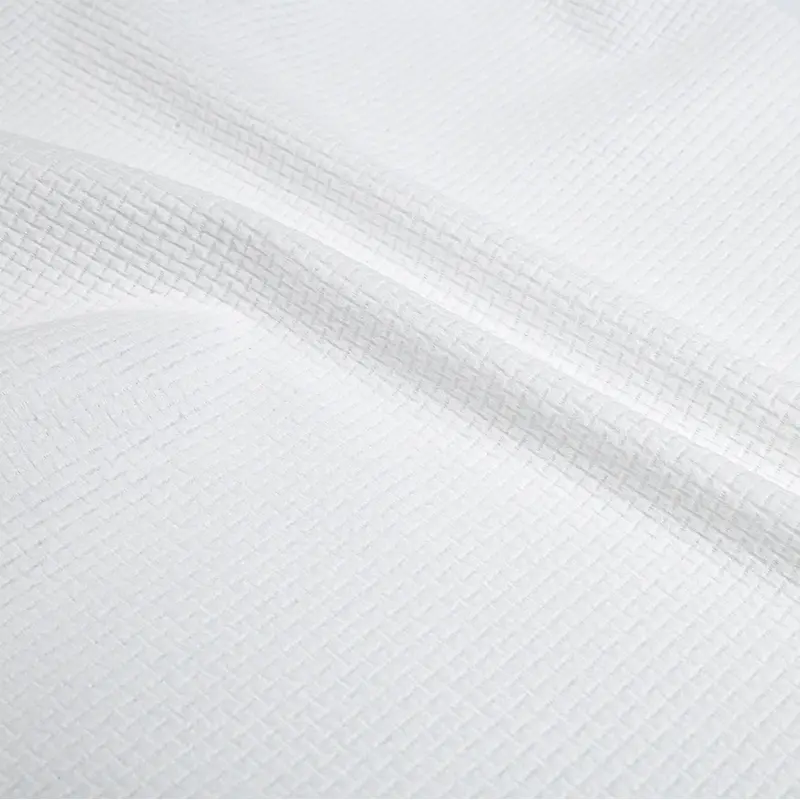

 English
English 日本語
日本語 русский
русский Español
Español